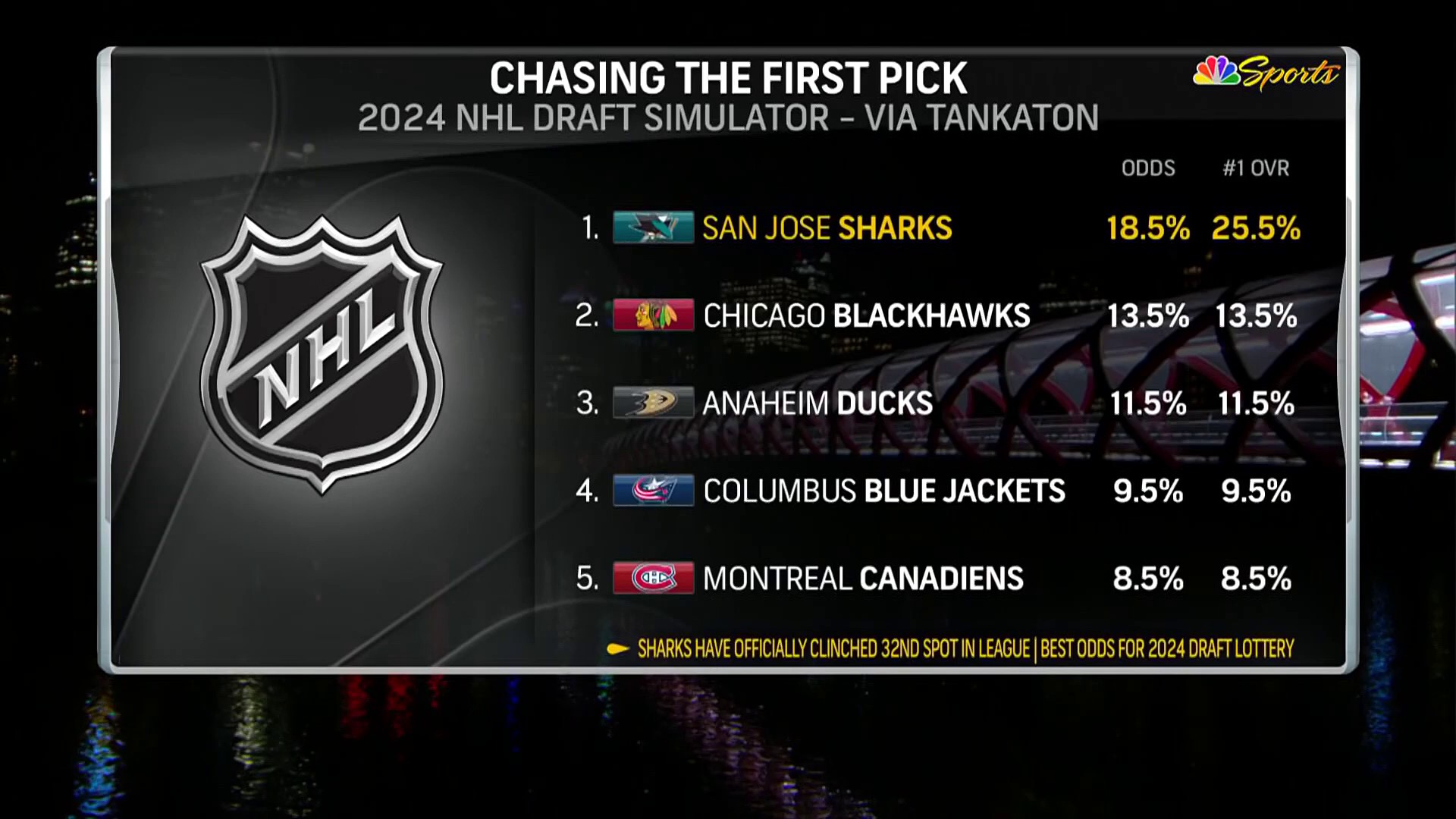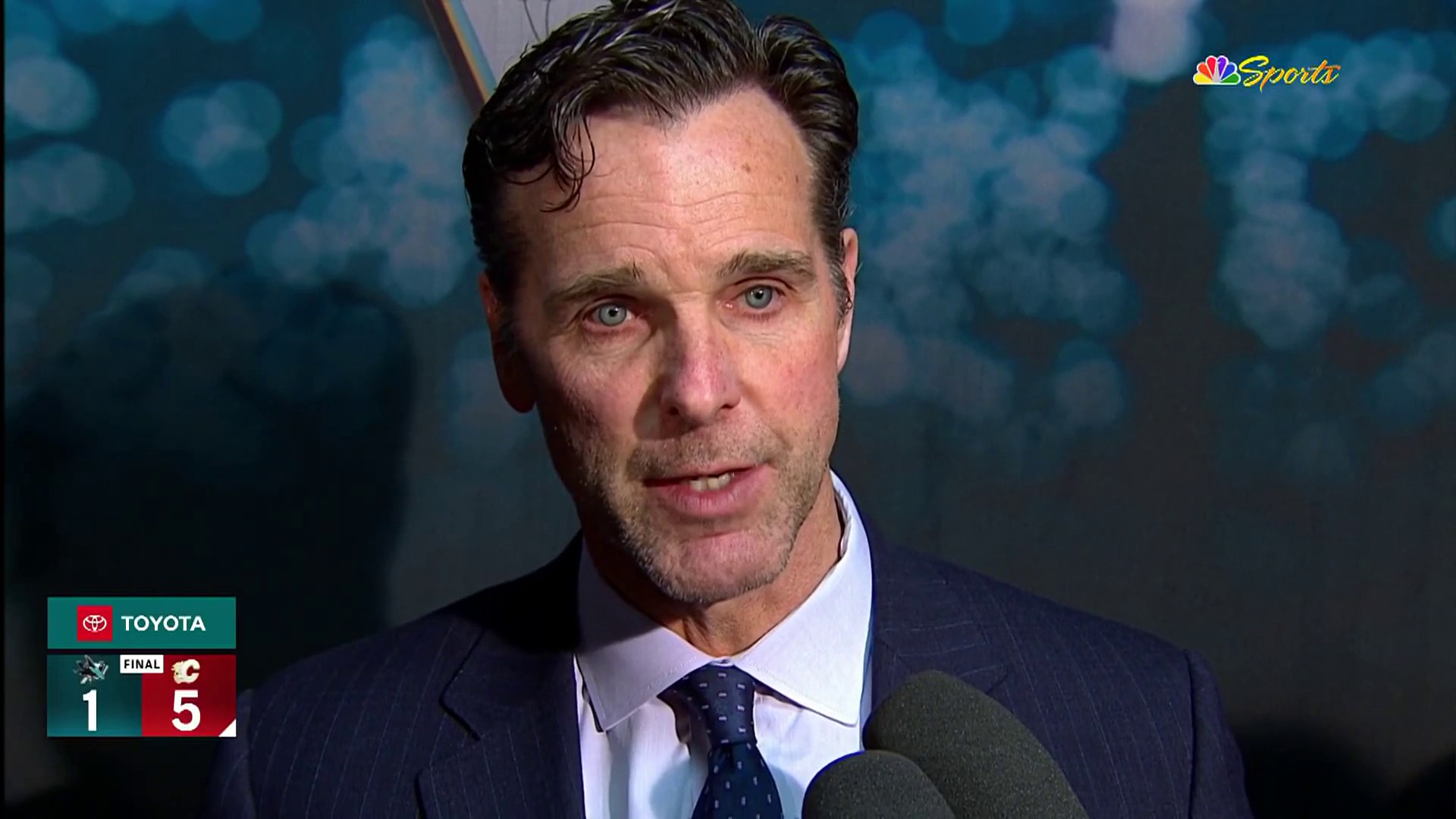
SAN JOSE -- Over the course of a 12-year career as an NHL goalie, Sharks goaltending coach Johan Hedberg said he only changed his chest protector twice.
“The one when I retired, there was nothing left,” Hedberg said in a phone interview with NBC Sports California. “[It was] like a wet sweater pretty much.”
Were he still playing, Hedberg would wear his third this season. Goalies around the league are wearing new, streamlined chest protectors under an updated rule from the NHL and the NHLPA in an effort to increase scoring and enforce uniform standards among netminders. The chest protector is the latest piece of goalie equipment to be regulated, following the shrinking of the leg pads and pants.
Stay in the game with the latest updates on your beloved Bay Area and California sports teams! Sign up here for our All Access Daily newsletter.
Specifically, the chest and arm pads “must be anatomically proportional and size-specific” based on the goalies’ bodies. The result is more form-fitting, with slimmed down arms and strict regulations for padding around the shoulders and collarbone.
“Everybody’s got the same, level playing field,” Hedberg said. “I see no [downside] on shrinking some of the stuff, and just making it smarter where you do have the protection, but you’re not covering anything but your body.”
Early in the season, some goalies have questioned whether or not there is still enough protection, specifically in the arms and shoulders.
Columbus Blue Jackets goaltender Sergei Bobrovsky told the Columbus Dispatch last month he had bruised arms and elbows for the first time in his career, and called the changes “terrible.” Goalies Braden Holtby, Brian Elliott, and James Reimer, among others, have also shared safety concerns.
San Jose Sharks
Greg Balloch, a writer for the goalie-centric publication InGoal Magazine, saw this coming to some degree. This summer, he watched AHL goalie Ken Appleby in the new chest protector take a routine shot from an NHL player in a drill, only to cut it short. He said he understands why the goalies worry, since they face so many shots in practice.
“You want to be protected,” Balloch said in a phone interview. "You're playing in the best hockey league in the world and these guys seem to find spots that normal shooters don't. And you know if you're not well protected, then it can be dangerous.”
Sharks goaltender Martin Jones said last week he hasn’t had any problems adjusting to the new equipment, while backup Aaron Dell said he’s “only had a couple of issues.”
“I have kind of noticed on the outer shoulders I get a couple more stingers and things like that,” Dell said last week at the Sharks’ practice facility. “For the most part, it’s not too different.”
Dell said he’s used to the changes now, but he only started practicing with his new chest protector “a week or two” before training camp. Joonas Korpisalo, who is Bobrovsky’s backup, told NBC Sports California last week that his came in days before his first preseason game.
That’s perhaps because the approval process is far more involved. The league now scans all the chest protectors for compliance with a 3D scanner, NHL goaltending supervisor Kay Whitmore told InGoal this summer.
The season is barely a month old, but goal-scoring is up. Teams are averaging 3.10 goals per game, an increase of 0.13 over last season. Whether that holds, or is driven at all by the rule changes, is unclear.
Despite it all, goalies are adjusting. Korpisalo said the manufacturer of his chest protector was very responsive to his initial feedback, as was the case with his peers.
“I think there’s a lot of guys who have the same problems,” Korpisalo said last week when the Blue Jackets were in the Bay Area. “Even before Sergei said that, we knew there [were] a lot of goalies who agree. … A lot of goalies, it helped to change manufacturers, find [the right chest protector]. For me, it worked.”
It remains to be seen if the controversy surrounding the chest protectors will persist. Hedberg thought a lot of the shortcomings, particularly in the shoulders, can “easily be fixed” without making the pads bigger.
Despite the public backlash, many goalies are in favor of the idea behind the rule, if not the execution. Dissatisfaction with the new rules is driven by safety concerns, not about their save percentages and goals against averages, according to Balloch.
“They want the talent to rise to the surface,” Balloch said. “They don't want somebody succeeding just because of the gear. … They trust in their ability and the fact that they’ll be able to adapt.”


